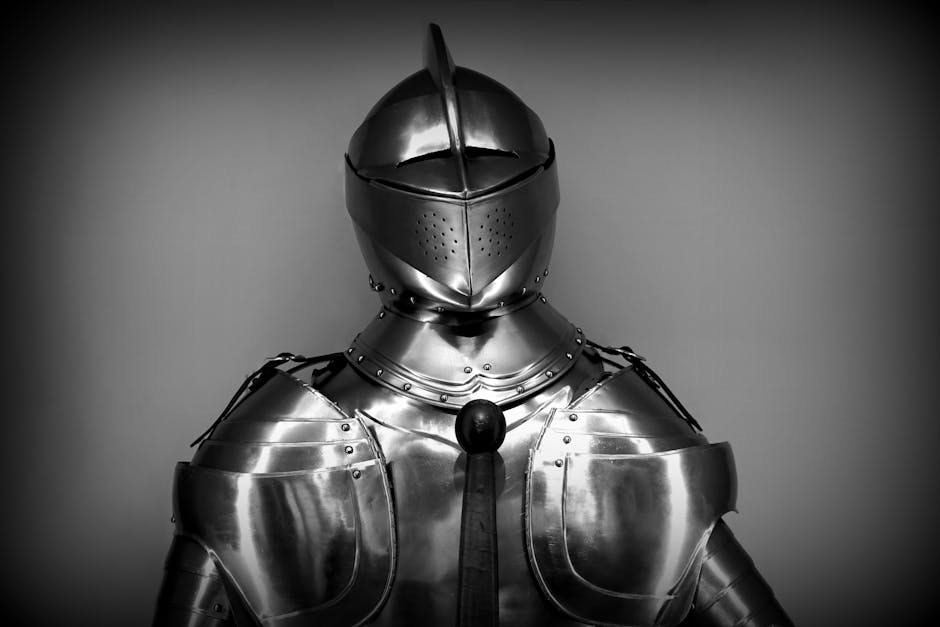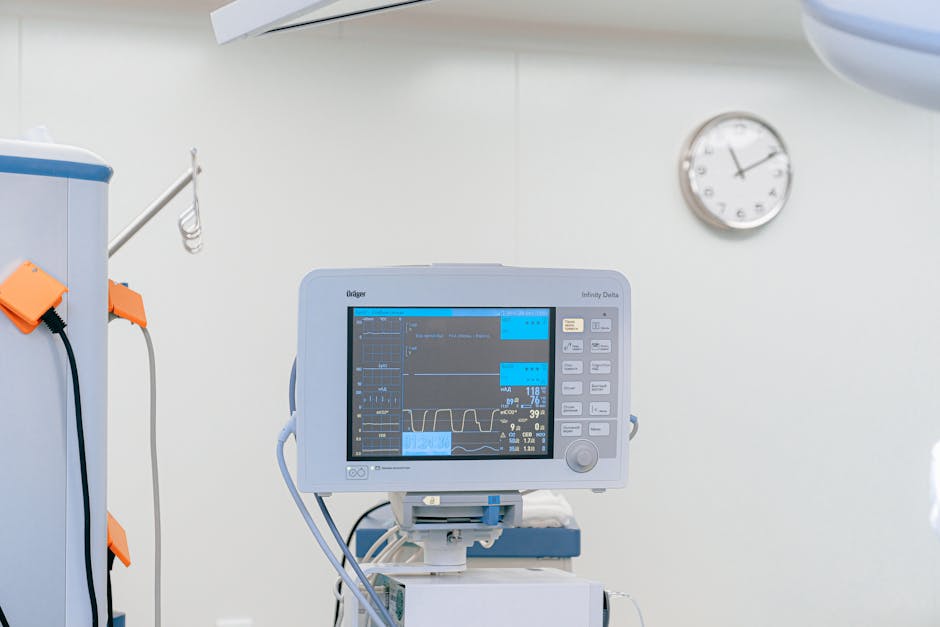How to Sharpen Trauma Shears Like a Pro!
In the world of medical and tactical emergencies, trauma shears are an indispensable tool. These specialized scissors are designed to swiftly cut through clothing, bandages, and even tougher materials like leather or seatbelts. The sharpness of your trauma shears directly impacts their performance and efficiency. Over time and with continuous use, even the most premium shears can lose their edge, which is why learning how to sharpen trauma shears is crucial for every professional relying on them.
This guide will walk you through the essentials of maintaining your shears' cutting precision. Whether you are a nurse, EMT, law enforcement officer, or military personnel, ensuring your shears are in optimal condition can make all the difference in critical situations. By understanding the sharpening process, you can prolong the life of your shears and maintain their functionality.
Sharpening trauma shears is not only about restoring their edge but also about preserving the integrity of the blades. We'll explore the materials and techniques necessary to achieve professional-level sharpness, ensuring that your tools are always ready for action. As you dive into this guide, remember that maintaining your shears isn't just about convenience—it's about being prepared to save lives.
For more detailed insights and tips on optimizing your trauma shears, visit our website and explore our expert resources.
Understanding Shear Blade Anatomy

To effectively sharpen trauma shears, it's essential to first understand the anatomy of their blades. Trauma shears are specifically designed with a unique blade structure that facilitates clean and precise cuts, even through tough materials. This design typically features one serrated blade and one smooth blade, working in tandem to grip and cut through fabrics efficiently.
The serrated blade is crucial as it prevents slippage, ensuring that the material being cut is held securely in place. This feature is particularly important when dealing with slippery or resistant surfaces. On the other hand, the smooth blade provides a seamless cutting action, slicing through materials with minimal resistance.
Beyond the blade edges, the overall construction of trauma shears is also built for durability and ease of use. The handles are often ergonomically designed for comfort, allowing professionals to use them for extended periods without fatigue. The pivot point, where the blades cross, is engineered for maximum leverage, enhancing the cutting power of the shears.
By appreciating these design elements, you can better approach the sharpening process, ensuring that each component of the blade is maintained to its original specifications. This understanding not only aids in sharpening but also in recognizing when a shear might need replacement or professional repair, thus maintaining the reliability and performance expected from such a critical tool.
Essential Tools for Shear Sharpening

Embarking on the journey of sharpening trauma shears like a pro requires having the right tools at your disposal. Each tool in your arsenal plays a vital role in restoring the cutting precision that trauma shears are known for. Here’s a look at the essential tools you’ll need:
- Sharpening Stone: A high-quality sharpening stone is fundamental for bringing back the razor-sharp edge of your shears. Consider investing in a dual-grit stone, which offers both coarse and fine surfaces for initial sharpening and finishing touches.
- Diamond Sharpener: For those seeking quick and efficient sharpening, a diamond sharpener can be a wise choice. Its rugged surface is particularly effective for stainless steel blades, ensuring a sharp edge with minimal effort.
- Honing Rod: While not a sharpening tool per se, a honing rod is invaluable for maintaining the edge between sharpenings. Regular use can prolong the sharpness of your blades, delaying the need for more intensive sharpening sessions.
- Lubricating Oil: Keep your tools in top condition by using lubricating oil. It reduces friction during sharpening, preventing damage to both the blade and the sharpening stone or diamond sharpener.
- Protective Gear: Safety is paramount, so never neglect protective gear such as gloves and eye protection. These items help prevent accidents and ensure a safe sharpening environment.
Having these essential tools on hand not only makes the sharpening process more efficient but also extends the lifespan of your trauma shears, allowing them to perform reliably when they're needed the most.
Step-by-Step Shear Sharpening Process

Sharpening trauma shears might seem daunting at first, but with a systematic approach, you can achieve professional-level sharpness with ease. Follow this step-by-step guide to ensure your shears are in peak condition:
- Preparation: Begin by cleaning the shears thoroughly to remove any residue or debris. This ensures that the sharpening process is unhindered by dirt or rust.
- Secure the Shears: Use a vice or a stable workbench to secure the shears. This provides stability and precision while sharpening and prevents unintended injuries.
- Sharpen with Stone: Start with the coarse side of your sharpening stone. Hold the blade at a consistent angle (typically around 20 degrees) and draw it across the stone from base to tip. Repeat this motion until a burr (a small ridge of metal) forms on the opposite side of the blade.
- Switch to Fine Grit: Flip the stone to the fine grit side and repeat the sharpening process. This step refines the blade edge, making it smoother and sharper.
- Use a Honing Rod: After sharpening, use a honing rod to realign the blade edge. Run the shears along the rod at the same angle used during sharpening to remove any remaining burr and achieve a polished finish.
- Lubrication: Apply a few drops of lubricating oil to the pivot point and blade edges to reduce friction and prevent rusting.
- Testing: To ensure effectiveness, test the shears on a piece of fabric or paper. If they cut cleanly and effortlessly, your sharpening process is complete.
By following these steps, you can maintain the sharpness and efficiency of your trauma shears, ensuring they are ready for any critical situation they might face.
Maintenance Tips for Long-lasting Sharpness
To sustain the sharpness and performance of your trauma shears, regular maintenance is crucial. Here are some essential tips to ensure your shears remain in optimal condition:
- Regular Cleaning: After each use, clean the shears with mild soap and warm water. This removes any blood, debris, or adhesive residue that could compromise the blades. Dry them thoroughly to prevent rust.
- Proper Storage: Store your trauma shears in a dry, safe place, preferably in a protective sheath or case. Avoid leaving them in damp environments or exposed to the elements.
- Frequent Inspection: Regularly inspect your shears for signs of damage, such as nicks, rust, or loose pivot screws. Addressing these issues promptly can prevent further degradation and ensure longevity.
- Periodic Sharpening: Depending on usage, schedule regular sharpening sessions. It’s better to maintain the edge than to wait until it becomes dull, which can lead to more extensive wear.
- Use Appropriately: Be mindful of what you cut with your shears. While trauma shears are robust, using them on materials they are not designed for can dull the blades prematurely.
- Lubrication: Apply a light coat of oil to the pivot and blades periodically. This reduces friction and helps protect against rust, ensuring smooth operation.
Maintaining your trauma shears with these practices not only enhances their lifespan but also ensures they are ready to perform when you need them most. Consistent care is the key to long-lasting sharpness and reliability in crucial moments.
Common Mistakes to Avoid When Sharpening

Sharpening trauma shears is a precise task that requires attention and care. However, even experienced professionals can make mistakes that could compromise the effectiveness of the shears. Here are some common pitfalls to avoid:
- Using the Wrong Tools: Not all sharpening tools are suitable for trauma shears. Avoid generic sharpeners and instead use tools specifically designed for fine blades to prevent uneven edges.
- Applying Too Much Pressure: Excessive pressure can damage the blades, creating chips or uneven surfaces. Use gentle, even pressure to maintain blade integrity.
- Ignoring the Angle: Each shear blade has an optimal sharpening angle. Altering this angle can affect cutting performance. Stick to the manufacturer’s recommended angle for the best results.
- Skipping Cleaning: Failing to clean the shears before sharpening can result in debris scratching the blades. Always ensure the shears are clean and dry before beginning the sharpening process.
- Over-sharpening: Frequent sharpening can lead to unnecessary wear. Sharpen only when the shears show signs of dullness, and not as a routine after every use.
- Neglecting Safety: Always use protective gear, such as gloves, to prevent accidents during the sharpening process. Safety should be your priority to avoid any injuries.
Avoiding these common mistakes will help maintain the sharpness and effectiveness of your trauma shears, ensuring they perform reliably in critical situations. For more detailed guidance and professional tools, we invite you to www.oneshear.com">visit our website at www.oneshear.com.





